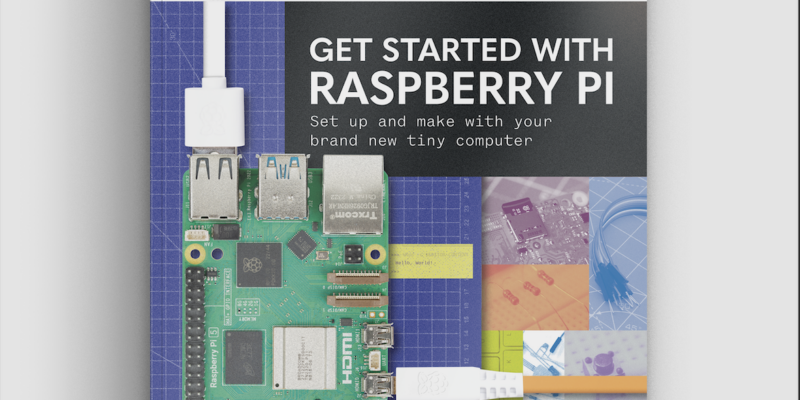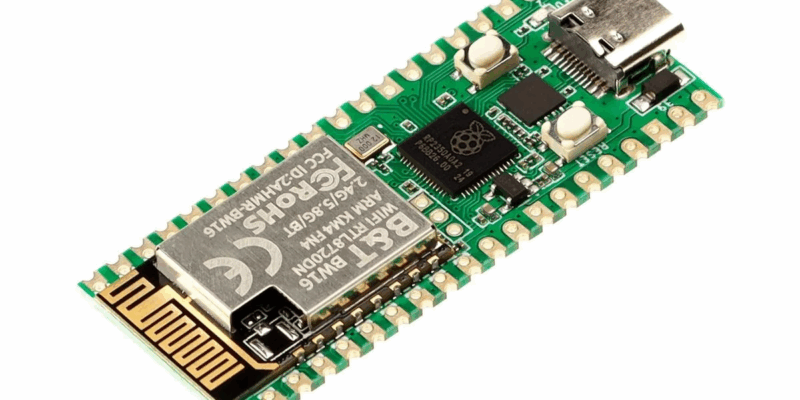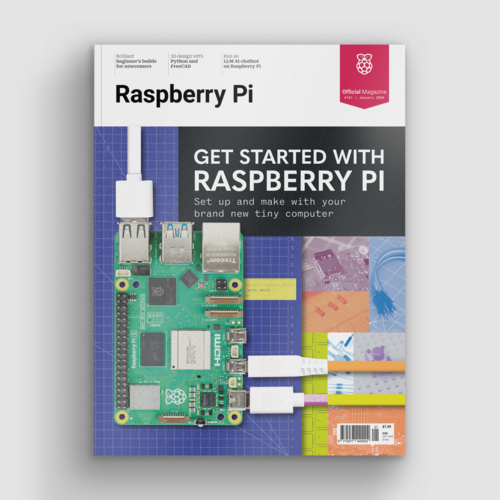Pi Terminal review
By Rob Zwetsloot. Posted

We’ve seen a few IoT panels for industrial purposes over the last couple of years powered by Compute Module 4 – and for good reason: CM4 is very powerful and very flexible. Elecrow is the latest company to throw its hat in the ring, with a slightly cheaper version of some of the terminals we’ve seen.
Elecrow has seemingly managed this by making a device that, while well-suited for these industrial IoT tasks, doesn’t quite look the same as the professional reTerminals from Seeed. You shouldn’t judge a book by its cover, though: despite the slightly hobbyist look of an acrylic base, PCB open to the air, and screen attached on-top, it does have an all-important IP65 dust and waterproof rating and high-quality components to allow it to survive in the environment it is designed for.
Advertisement
Get started with Raspberry Pi – everything you need to know to start your journey!
It also has the equally important connectivity requirements of modern industrial automation. From your classic terminal pins, serial connector, Ethernet, etc., there’s also access to the built-in Wi-Fi and Bluetooth of CM4, along with a GPS antenna add-on, and you can expand it with LoRa or LTE for more radio connections.
Ready to go
There’s no construction required for the device – unless you want to add LoRa, LTE, or an SSD module, but that’s exceptionally easy – and there’s even a little demo to help you get to grips with how the interface could work. It’s powered by a 12 V~36 V barrel jack which is a more old-school standard than USB-C, but does allow for a lot more taxing components to be attached to the various ports littered around the side.

Extra antennas are included to help increase range, which is always very handy. Fortunately, every port is also well labelled, so it is unlikely that you’ll accidentally plug an antenna into the wrong radio port.
The demo shows that the screen is sharp, colourful, and very responsive as well. It’s programmed in Node-RED, which may not be everyone’s cup of tea, but the whole system is built upon Raspberry Pi OS, so you can create an interface in any language that Raspberry Pi/Linux can support. So, all of them.

Biggest fan
It’s a very nice piece of kit and very flexible thanks to its wide array of connectivity and Raspberry Pi base. Unlike other similar devices, it does lack physical buttons as standard, so everything will have to be touchscreen unless some switches are added by the user. The fan is also very loud when it gets up to speed, which may not matter for some noisy industrial environments, but was very distracting in a quieter setting. Still, it’s a robust and very capable device. The acrylic plates are incredibly strong and everything else is very sturdily constructed too. You also could easily create a 3D-printed case for it, if the need arose.
Verdict
8/10
A great piece of kit at a good price that is stronger than it looks, although it does have its own minor quirks.
Price
Specs
SoC: Raspberry Pi Compute Module 4 with 4GB RAM
Display: 7˝ IPS LCD, 1024 × 600, 5-point capacitive touch
Wireless connectivity: Wi-Fi, BLE 5.0, GPS, LoRa (with expansion), LTE (with expansion)
Wired connectivity: GPIO, Relay, DO, DI, CAN, RS485, ADC, RS232, USB-C, USB 2.0, Gigabit Ethernet, HDMI, 3.5 mm headphone jack, TF card, SIM card, CSI (for camera)

Rob is amazing. He’s also the Features Editor of Raspberry Pi Official Magazine, a hobbyist maker, cosplayer, comic book writer, and extremely modest.
Subscribe to Raspberry Pi Official Magazine
Save up to 37% off the cover price and get a FREE Raspberry Pi Pico 2 W with a subscription to Raspberry Pi Official Magazine.
More articles

Get started with Raspberry Pi in Raspberry Pi Official Magazine 161
There’s loads going on in this issue: first of all, how about using a capacitive touch board and Raspberry Pi 5 to turn a quilt into an input device? Nicola King shows you how. If you’re more into sawing and drilling than needlework, Jo Hinchliffe has built an underwater rover out of plastic piping and […]
Read more →
Win one of three DreamHAT+ radars!
That’s right, an actual working radar for your Raspberry Pi. We reviewed it a few months ago and have since been amazed at some of the projects that have used it, like last month’s motion sensor from the movie Aliens. Sound good? Well we have a few to give away, and you can enter below. […]
Read more →

RP2350 Pico W5 review
It’s Raspberry Pi Pico 2, but with a lot more memory
Read more →
